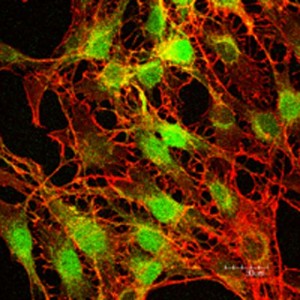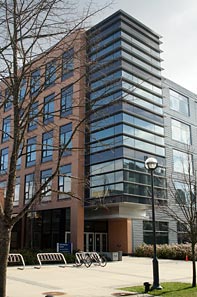Gap Junctions in Neural Development and Disease
Gap junctions are collections of intercellular membrane channels that join adjacent cells in every organ of the body. They allow a variety of small molecules to pass freely from cell to cell, coupling the cells metabolically and allowing them to coordinate their responses to various signals. The importance of gap junctions has become evident with the identification of congenital diseases resulting from mutations in connexin genes, including X-linked Charcot-Marie-Tooth disease, congenital cataracts, deafness, heart defects and skin diseases. In addition, reduced gap junctional coupling between cells has been detected in several cancers, and increased coupling has implications for epilepsy and stroke. Most of these disease syndromes, to greater or lesser extent, are reproduced in transgenic mice lacking specific connexins.
The objective of my research program is to explore the role of gap junctions in neural development and disease, including consequences of connexin mutations on gap junction structure and function, and to explore the role of these intercellular channels in diagnosis of disease and development of novel therapeutic strategies.
My research in developmental neuroscience is aimed at exploring the function of gap junctional coupling in the developing brain, using pharmacological manipulation as well as genetically modified mice designed to express normal and mutant connexin genes with specific temporal and spatial expression patterns. The role of gap junctions in the etiology and possible therapy of neurological disorders is being examined in animal models and clinical tissues related to stroke, epilepsy and brain cancer. In the area of cell biology and cancer research, we have shown that tumour cells engineered to re-establish gap junctional communication show suppression in growth and tumorigenesis. A major focus of ongoing research is aimed at determining the mechanisms underlying this tumour-suppressive effect, using genomics approaches to identify some of the links between gap junctions and expression of growth control genes. We are also exploring the repertoire of endogenous molecules which pass through gap junction channels, some of which are likely to be involved in the control of cell growth and differentiation. Given the evidence that some tumour therapeutic agents readily pass through gap junctions to enhance tumour cell killing, this research is particularly relevant to the development of novel cancer therapies.


